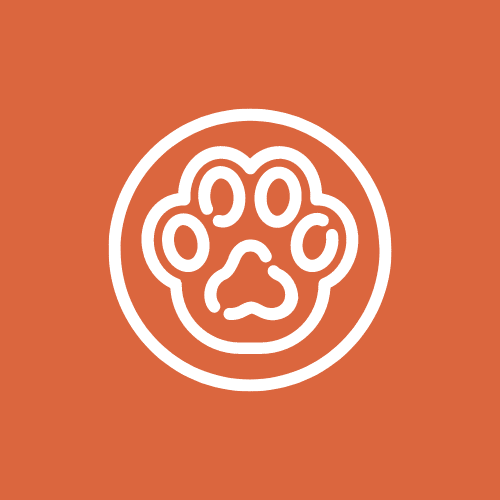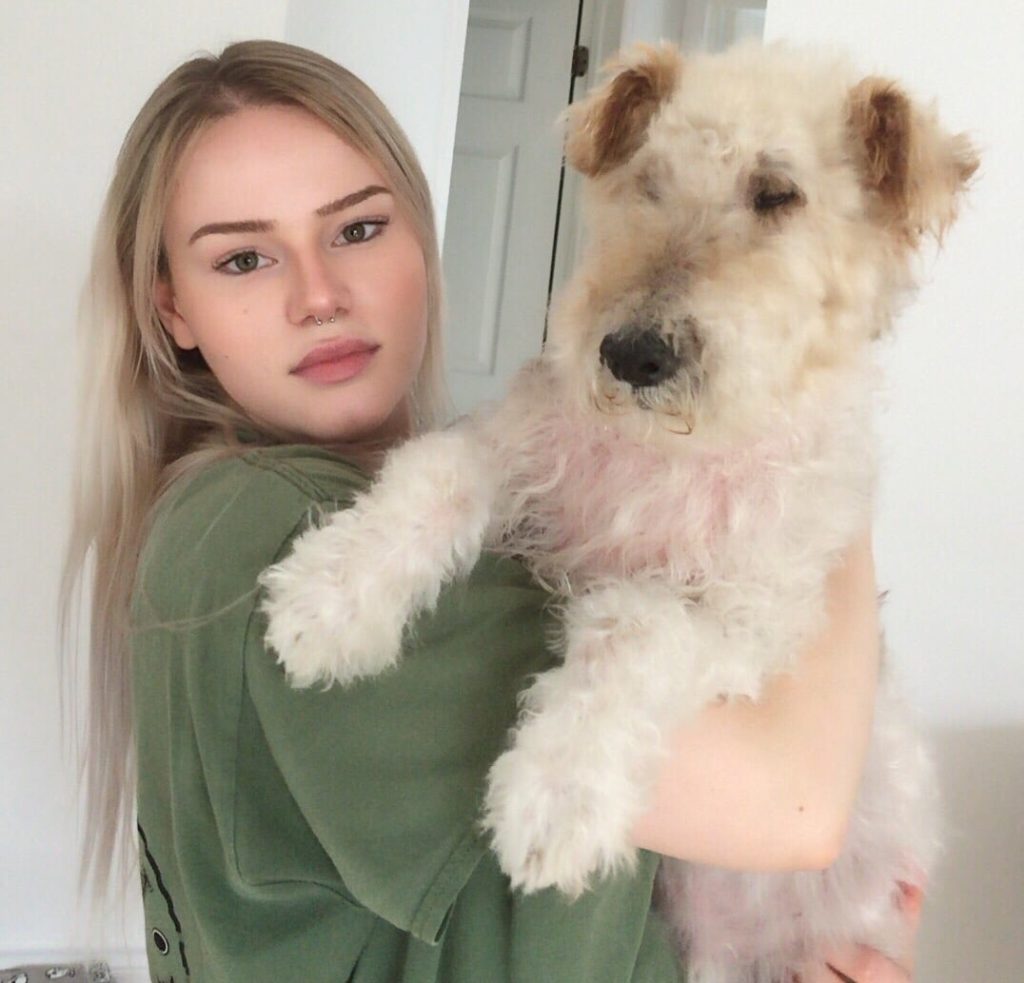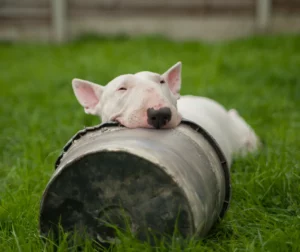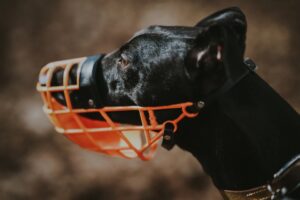It is inevitable for animals to learn. Whether young, old, small, or large, every dog can learn. They can be trained for many tasks and athletic skills. We’ve even taught dolphins to jump through hoops, pigs to play video games, and gorillas to learn sign language.
Modern dog training methods are based on principles discovered by scientists such as Ivan Pavlov and B.F. Skinner studied learning theories known as behaviorism. It is a field of psychology that aims to conceptualize the behavior of humans and animals.
How Do Dogs Learn?
Just like humans, dogs learn from their experiences. So if he is successful, he will be tempted to replicate the behavior. On the other hand, if he experiences a failure, he will be less likely to reproduce the behavior. For example, if a puppy manages to get a bit out of your meal, he will do it again at the next opportunity. Conversely, if the puppy never gets to have this bite, he will be less tempted to try again.
Dogs learn by association by relating behavior to its consequence. They are able to make the association between an environmental event and a behavior. They can also make associations by observing an individual in a social situation. Learning can happen voluntarily or involuntarily.
There are different dog training methods. Traditional methods are based on the theory of hierarchy and dominance. This theory has been debunked by the same person who made it. It is a method based on the first manuscripts that came from military use.
With modern methods, we have understood that educating a dog by rewarding good behavior and redirecting undesirable behavior is possible. This way of doing things allows the dog to know what he can do instead of being afraid of the consequences.
Modern methods are based on positive reinforcement which is much more pleasant for both the dog and the owner. This creates a confident, predictable, and happy dog.
What Is Learning by Association?
If you have any knowledge in the psychology field, you may have heard of the physiologist Ivan Pavlov who rang a bell and his dogs started salivating.
Every time he fed his dogs, he rang the bell. Soon after, his dogs figured out that the sound of the bell meant they were going to eat, so they started salivating. This is how he discovered that dogs learn by association.
Associative learning is a type of learning that links two stimuli occurring at the same time. It is a natural reflex in response to a learned association called classical conditioning and operant conditioning.
For example, you may have noticed that your dog gets overexcited when you show him the leash. This proves that he understands that the leash means he is going for a walk. Your dog is therefore conditioned to have a positive emotion towards the leash.
Your dog can make both positive and negative associations. For example, if you’ve ever cut your dog’s nails a little too short, he may have associated the nail clipper with pain. He is then conditioned to have a negative emotion toward the nail clipper.
What Is Social Learning?
Dogs can learn by watching us, but also by watching other dogs. For example, it often happens that a dog arrives at a shelter and develops the habit of barking because he learns by watching others do so.
Social learning, also called observational learning or imitation learning, is when an animal observes another individual and replicates the behavior. This technique is powerful for teaching new behaviors to an animal.
This technique can be used to potty train a dog. For example, if you walk with a dog that is already potty trained, the dog that is not can learn by watching his companion go potty on the lawn. He can then make the association by repeating the action.
Your dog can also learn by watching you. For example, if you buy him an intermediate interactive bowl, you can open the doors for him. Thus, he will be able to understand how to get the kibble or treats hidden in there.
How Does Classical Conditioning Work?
Classical conditioning aims to change an emotion on a given stimulus. In a human context, if every time we get into a car we have bad experiences, we will have negative emotions towards cars. On the other hand, if pleasant experiences happen to us, getting into a car will give us positive emotions.
Classical conditioning is the result of learning due to the association between a neutral stimulus and an unconditioned stimulus.
At first, when Pavlov rang the bell, the dogs did not react. It was therefore considered to be a neutral stimulus.
As for food, it is naturally associated with an emotion, which is called an unconditional stimulus. The unconditioned stimulus produces an unconditioned response. In the case of Pavlov’s dogs, it’s salivation.
An unconditioned response is an involuntary reflex to an unconditioned stimulus. For example, feeling frightened when experiencing a sudden loud noise or salivating when smelling food.
Over time, the neutral stimulus becomes a conditioned stimulus when it is repeatedly associated with an unconditioned stimulus.
This repeated pairing forms an association between the neutral stimulus and the unconditioned stimulus, a process called conditioning. We can then say that the bell has become a conditioned stimulus.
How Does Operant Conditioning Work?
This theory was founded by behaviorist B.F. Skinner. It is used to modify behavior, so the dog decides to change its behavior according to the consequences that follow. All behaviors that are not instinctive or reflexive are learned through operant conditioning.
The main idea of operant conditioning is that a behavior will increase or decrease in response to an immediate consequence following a behavior. To describe the different consequences that can affect behavior, we use the four quadrants: positive reinforcement, negative reinforcement, positive punishment, and negative punishment.
| Consequence | Description | Example |
|---|---|---|
| Positive Reinforcement | Add something the dog likes to the environment to increase the likelihood of the dog engaging in the behavior in the future. | Giving a treat every time your dog sits increases the chances that he will sit in the future. |
| Negative Reinforcement | Remove something unpleasant from the environment to increase the likelihood that he will engage in the behavior in the future. | Teach your dog to sit by applying pressure to his posterior while saying the cue. As soon as the dog sits, the pressure is removed. Since removing the pressure provides relief, the dog will be more tempted to sit down in the future. |
| Positive Punishment | Adding something unpleasant to the environment to decrease the likelihood of the behavior happening again in the future. | Putting an electric collar on a barking dog. Each time the dog barks, he receives a shock which will decrease the likelihood of him barking in the future. |
| Negative Punishment | Remove something pleasant from the environment to decrease the likelihood of the behaviour reoccurring. | Your dog barks at you and you ignore him as you walk away. Your attention is therefore withdrawn from its environment. Your attention reinforced your dog's barks, so he'll be less tempted to bark at you in the future. |
What Are the Consequences of Traditional Dog Training Methods?
In traditional methods, the dogs must work to avoid the unpleasant consequence of getting punished using force and intimidation. These methods are now considered unnecessary, inappropriate, and, in some cases, inhumane.
When force, confrontation, or intimidation is used as a training method, it results in an unconfident, unpredictable, and unhappy dog. This increases the risk of aggression and biting for people who use these techniques with their dogs.
There is a direct correlation between this kind of method and aggression since we prevent the dog from learning self-control. He listens because he avoids a consequence and not because he wants to listen. Moreover, these are methods that only work in the short term. Only positive reinforcement works long-term.
Dog training has evolved enormously over the past 25 years. What we thought was the right way to educate turned out to be problematic in the long run. The education of our children has changed and will continue to progress, just like that of our furry friends!
Bibliographic source:






